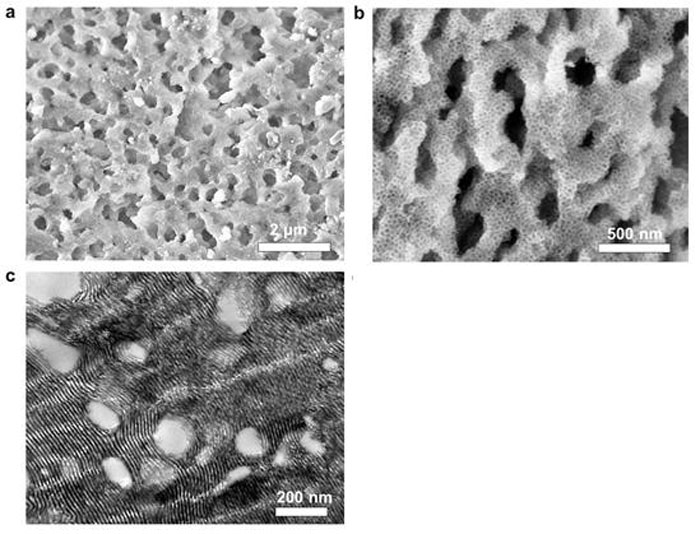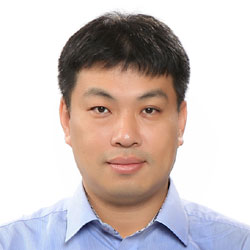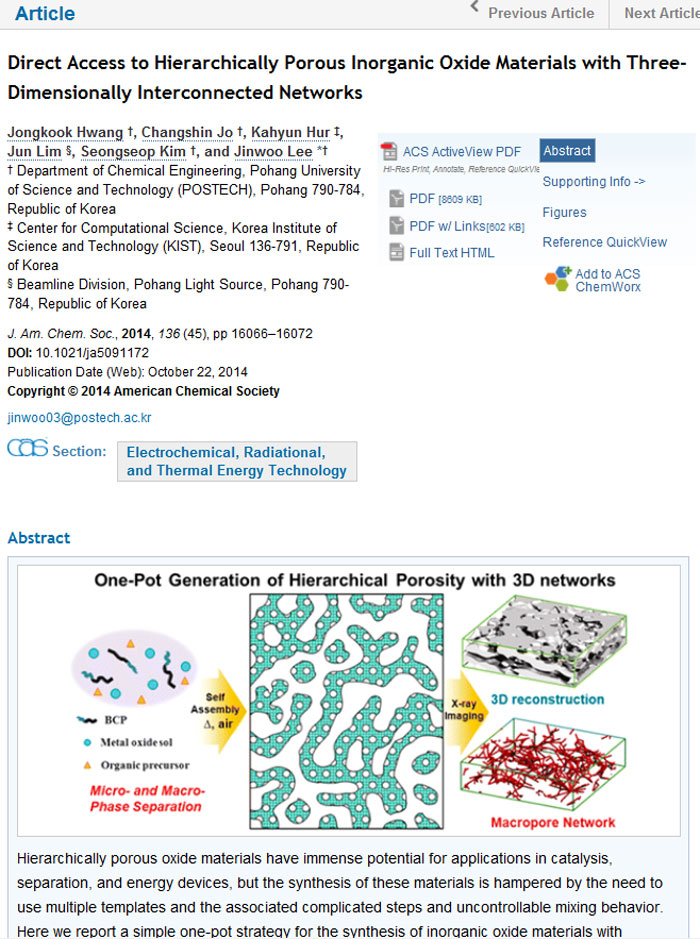A team of researchers recently developed a new lithium battery that can be charged up to seven times faster than existing lithium batteries.
The team, led by Pohang University of Science and Technology (POSTECH) Professor Lee Jinwoo, developed the new lithium battery with faster charging times using what are called hierarchically porous inorganic oxide materials.
The team combined silica, titanium, thermosetting plastics and other source materials to make a specific mixture. They then heated the mixture to create hierarchically porous inorganic oxide materials which have a lot of small holes. Most of the holes have a diameter between 2 and 50 nanometers, but there are even holes with diameters smaller than 2 nanometers.


The scientists used the fact that these holes are made during the melting process of thermosetting plastics, while silica and titanium remain the same at the high temperature of 600 degrees Celsius. By using such methods, they created a new lithium battery which showed a charging capacity seven times higher than that of existing lithium batteries, under conditions where they charged the battery for three minutes.
The team said that the faster charging speed is attributed to the faster transmission of electrolytes and ions through the porous inorganic oxide materials, as the holes are interlinked like an anthill. “If we make lithium batteries with this material, they can be both charged faster and be used up faster,” said the team. The researchers also predicted that the commercialization of the next generation of lithium batteries with this newly developed material would be possible within the next five years.
The research was sponsored through a support project for leading researchers by the Ministry of Science, ICT & Future Planning. Research results were published in the Journal of the American Chemical Society, an international journal for chemistry, in its online edition dated October 22.

By Yoon Sojung
Korea.net Staff Writer
arete@korea.kr
The team, led by Pohang University of Science and Technology (POSTECH) Professor Lee Jinwoo, developed the new lithium battery with faster charging times using what are called hierarchically porous inorganic oxide materials.
The team combined silica, titanium, thermosetting plastics and other source materials to make a specific mixture. They then heated the mixture to create hierarchically porous inorganic oxide materials which have a lot of small holes. Most of the holes have a diameter between 2 and 50 nanometers, but there are even holes with diameters smaller than 2 nanometers.

The view through an electron microscopic of the hierarchically porous inorganic oxide materials developed by the research team.

POSTECH Professor Lee Jinwoo
The scientists used the fact that these holes are made during the melting process of thermosetting plastics, while silica and titanium remain the same at the high temperature of 600 degrees Celsius. By using such methods, they created a new lithium battery which showed a charging capacity seven times higher than that of existing lithium batteries, under conditions where they charged the battery for three minutes.
The team said that the faster charging speed is attributed to the faster transmission of electrolytes and ions through the porous inorganic oxide materials, as the holes are interlinked like an anthill. “If we make lithium batteries with this material, they can be both charged faster and be used up faster,” said the team. The researchers also predicted that the commercialization of the next generation of lithium batteries with this newly developed material would be possible within the next five years.
The research was sponsored through a support project for leading researchers by the Ministry of Science, ICT & Future Planning. Research results were published in the Journal of the American Chemical Society, an international journal for chemistry, in its online edition dated October 22.

Results of the lithium battery research by Professor Lee Jinwoo and his team are published online in the Journal of the American Chemical Society.
By Yoon Sojung
Korea.net Staff Writer
arete@korea.kr